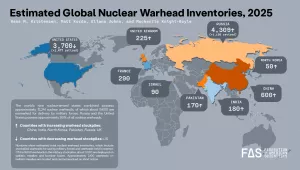The Joint Comprehensive Plan of Action (JCPOA) between Iran and the international community limits Tehran’s heavy water inventory to no more than 130 metric tons for the current Arak reactor before reconfiguration to a smaller capacity. In February, the first International Atomic Energy Agency (IAEA) report following the nuclear deal’s implementation confirmed that the Islamic Republic had briefly exceeded this limit before shipping 20 metric tons “out of Iran.” A look at the corresponding footnote, however, indicates otherwise: “The quantity of heavy water shipped out of Iran will be verified by the Agency.” In other words, the IAEA was merely confirming a statement made by the Iranians themselves rather than presenting facts on the ground.
This is not the first time the IAEA’s reporting has been insufficiently clear regarding Iranian inventories of nuclear material. In its January report, for example, the agency also provided insufficient information on how Tehran had reduced its enriched uranium inventories to the agreed limits.
Iran’s February statement to the agency that it had shipped out its excess heavy water also raises questions. U.S. officials said the heavy water was shipped to Oman to await transport to the United States. According to standard IAEA verification practices, however, inventory changes are only registered when material has left a country’s territory and receipt of material is acknowledged elsewhere. Until then, it continues to be considered part of the original country’s inventory.
The full text of this policy brief may be found here.
Heinonen, Olli. “IAEA Takes a Light Touch on Iran’s Heavy Water.” Foundation for Defense of Democracies, April 28, 2016
The full text of this publication is available via Foundation for Defense of Democracies.





